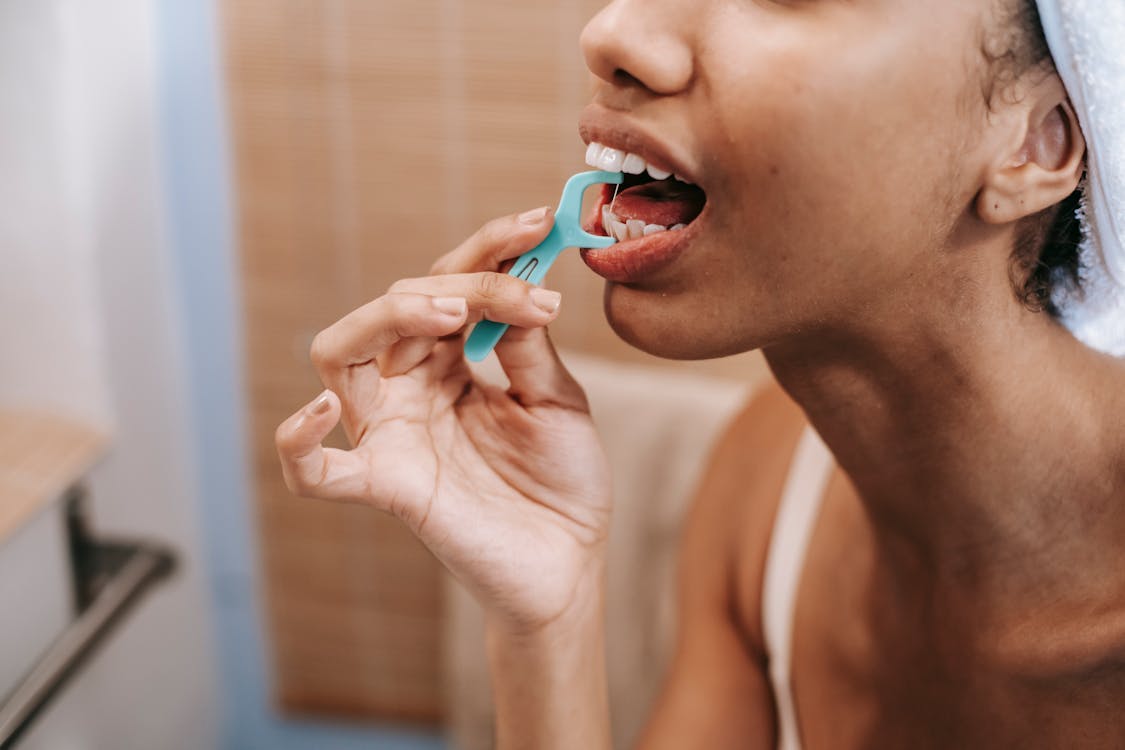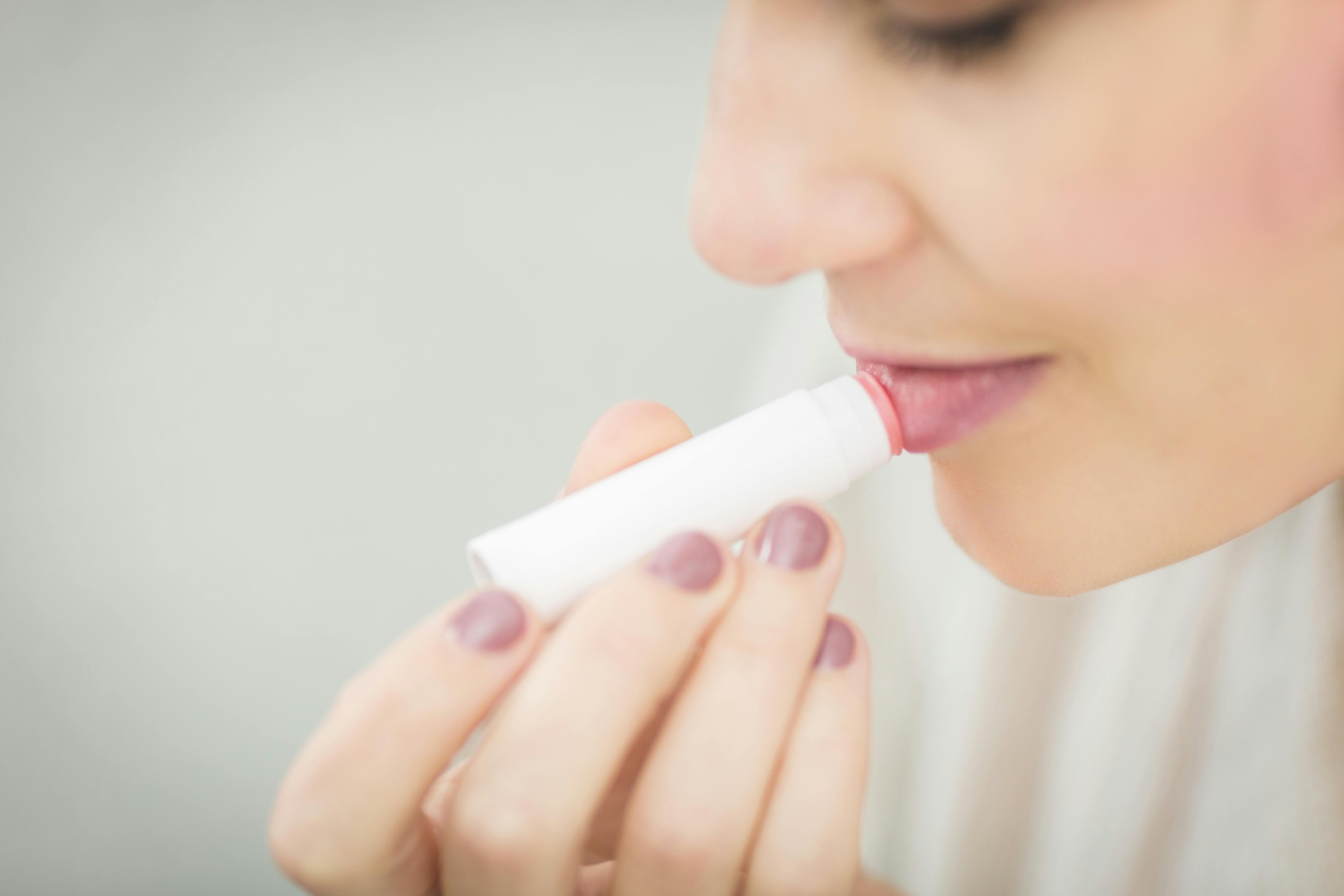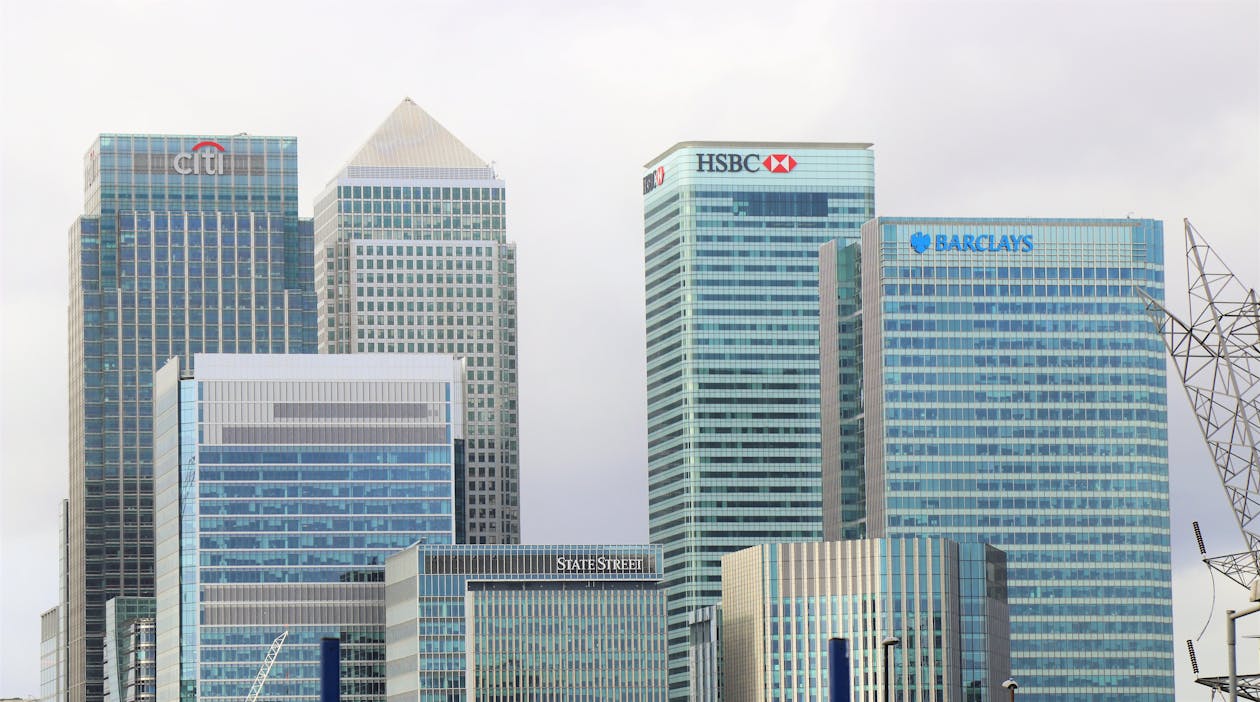We can't find the internet
Attempting to reconnect
Something went wrong!
Hang in there while we get back on track
We research the best products and brands that align with your values, so you can change the world one purchase at a time.
Become an Intentful Consumer!
Get updates on new research and products. Upvote, comment, and add suggestions to help others.
Tags
Become an Intentful Consumer!
Get updates on new research and products. Upvote, comment, and add suggestions to help others.






